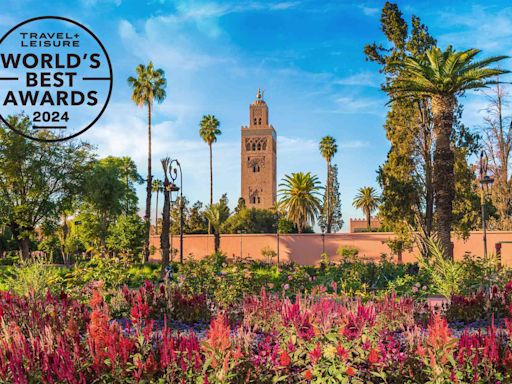Search results
Jun 26, 2024 · Dada, nihilistic and antiaesthetic movement in the arts that flourished primarily in Zürich, Switzerland; New York City; Berlin, Cologne, and Hannover, Germany; and Paris in the early 20th century. Ball, Hugo. Hugo Ball, 1916. Several explanations have been given by various members of the movement as to how it received its name.
- Dadaism
Resolutely antiestablishment, Dada denounced pretension in...
- Ready-Made
ready-made, everyday object selected and designated as art;...
- Abstract Expressionism
Abstract Expressionism had a great impact on both the...
- Collage
The word collage was first used to refer to works by Dada...
- Conceptual Art
conceptual art, artwork whose medium is an idea (or a...
- Walter Arensberg
Other articles where Walter Arensberg is discussed: art...
- Hugo Ball
Hugo Ball (born February 22, 1886, Pirmasens, Germany—died...
- Dadaism
- Beginnings of Dada
- Dada: Concepts, Styles, and Trends
- Later Developments - After Dada
- GeneratedCaptionsTabForHeroSec
Switzerland was neutral during WWI with limited censorship and it was in Zürich that Hugo Ball and Emmy Hennings founded the Cabaret Voltaire on February 5, 1916 in the backroom of a tavern on Spiegelgasse in a seedy section of the city. In order to attract other artists and intellectuals, Ball put out a press release that read, "Cabaret Voltaire. ...
Dada artworks present intriguing overlaps and paradoxes in that they seek to demystify artwork in the populist sense but nevertheless remain cryptic enough to allow the viewer to interpret works in a variety of ways. Some Dadaists portrayed people and scenes representationally in order to analyze form and movement. Others, like Kurt Schwitters and ...
As detailed above, after the disbanding of the various Dada groups, many of the artists joined other art movements - in particular Surrealism. In fact, Dada's tradition of irrationality and chance led directly to the Surrealist love for fantasy and expression of the imaginary. Several artists were members of both groups, including Picabia, Arp, and...
Dada was a radical artistic and literary movement that reacted to World War I and challenged bourgeois culture. Learn about its origins, key concepts, diverse forms, and influential figures such as Picabia, Duchamp, and Ball.
Dada was a radical art movement that emerged in Zurich during the First World War, rejecting traditional values and creating anti-war and nonsensical art. Learn about its history, artists, works and legacy at Tate, a leading art museum in London.
Dada was a transnational group of artists who challenged the conventions of art and society with their readymades, performances, and anti-art gestures. Learn about the origins, manifestations, and legacies of Dada in this article by Khan Academy.
Dada was a radical response to the chaos and absurdity of World War I and modern culture. Learn about its origins, artists, works and legacy in this Smithsonian magazine special report.
Dada was a movement of artists and poets who rebelled against rationality and conventional art in the aftermath of World War I. Learn about Dada's history, strategies, and works that challenged the status quo and modernity.
Dada was an artistic and literary movement that challenged conventional order and logic with strategies of chance, spontaneity, and irreverence. Learn about Dada's history, works, and artists, such as Marcel Duchamp, Hannah Höch, and Man Ray, at MoMA.

